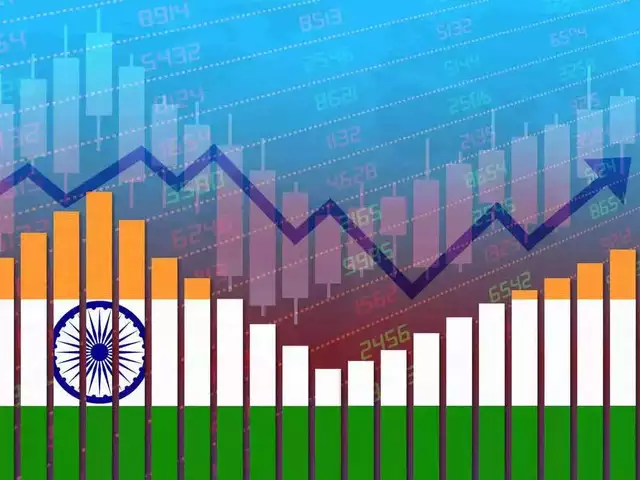India’s economy experienced significant growth in the second quarter of 2024, with a year-over-year expansion of 7.8%, surpassing expectations and solidifying its position as one of the fastest-growing major economies in the world. This growth was largely driven by the performance of the service sector, which continues to be a major contributor to the country’s GDP. The robust expansion comes despite global economic uncertainties, including inflationary pressures and slowing demand in international markets.
Key Growth Drivers: Services and Domestic Consumption
India’s service sector, which accounts for nearly 55% of the nation’s GDP, played a pivotal role in this quarter’s economic success. Key segments such as information technology, financial services, telecommunications, and real estate saw strong demand, both domestically and internationally. The IT and software services industry, in particular, continued to see increased global outsourcing, contributing to the overall growth figures. Additionally, the hospitality, retail, and e-commerce sectors also experienced considerable expansion, fueled by a resurgence in domestic consumption and tourism.
With domestic consumption rising, India’s private consumption—one of the primary pillars of its economy—saw a marked improvement. Higher consumer spending, particularly in urban areas, was supported by rising incomes, job growth in services, and increased credit availability. E-commerce platforms, along with traditional retail, benefited from the ongoing digital revolution in India, which has allowed consumers to access a wide range of goods and services with ease.
Industrial and Manufacturing Sector Performance
While the service sector dominated growth, the industrial and manufacturing sectors also contributed positively to the overall GDP. India’s manufacturing sector grew at a modest rate during Q2, driven by strong demand for automobiles, consumer electronics, and textiles. The government’s “Make in India” initiative, which seeks to boost local production and reduce reliance on imports, continued to support manufacturing activities across various industries.
However, the manufacturing sector’s growth was somewhat hampered by challenges such as rising raw material costs and supply chain disruptions, particularly in the automotive and electronics sectors. Despite these hurdles, the sector remained resilient, contributing to the overall economic expansion.
Agriculture’s Role and the Rural Economy
India’s agriculture sector, while growing more slowly than services and manufacturing, continued to be a vital part of the economy, especially in rural regions. The government’s ongoing support for farmers, through subsidies and rural development programs, helped ensure steady agricultural output. The timely arrival of the monsoon rains also provided a positive outlook for the upcoming agricultural season.
However, rural areas, which are heavily dependent on agriculture, continue to face challenges, including rising input costs and volatile crop prices. The government is focusing on addressing these issues by improving rural infrastructure and expanding access to technology in farming communities.
Inflation Concerns and Government Measures
While India’s economic growth is impressive, inflation remains a key concern for policymakers. Rising prices for food, fuel, and essential goods have put pressure on household budgets and could slow down private consumption in the coming quarters. The Reserve Bank of India (RBI) has been closely monitoring inflation trends, and has taken steps to manage inflationary pressures, including adjusting interest rates and implementing monetary tightening measures.
The Indian government has also introduced several fiscal policies to address inflation and support growth. These include targeted subsidies for essential goods, tax relief for small businesses, and infrastructure investments aimed at improving logistics and reducing supply chain bottlenecks. These measures are expected to provide some relief to consumers and businesses alike, while keeping the economy on a steady growth trajectory.
Looking Ahead
India’s economic outlook for the rest of 2024 remains positive, with analysts predicting that the country could maintain a growth rate of over 7% for the full year, provided that global economic conditions remain stable. The continued strength of the service sector, coupled with ongoing government reforms and infrastructure development, is expected to fuel further growth.
However, challenges remain, including inflationary pressures, global trade uncertainties, and potential geopolitical risks. Additionally, India will need to focus on long-term structural reforms, such as improving labor market flexibility and enhancing the ease of doing business, to sustain high levels of growth in the coming years.
India’s ability to navigate these challenges while capitalizing on its strong domestic demand and growing digital economy will determine whether it can maintain its impressive growth rate and continue to be a key player in the global economy.
From Our Editorial Team
Our Editorial team comprises of over 15 highly motivated bunch of individuals, who work tirelessly to get the most sought after curated content for our subscribers.


